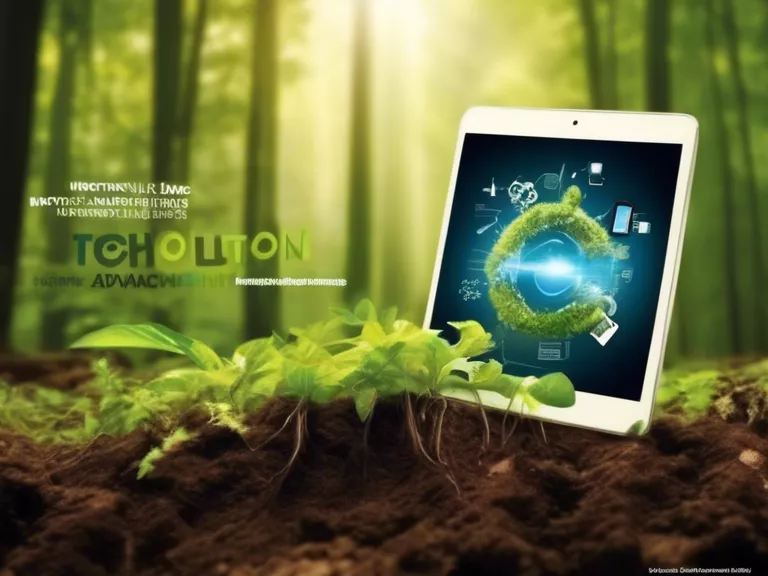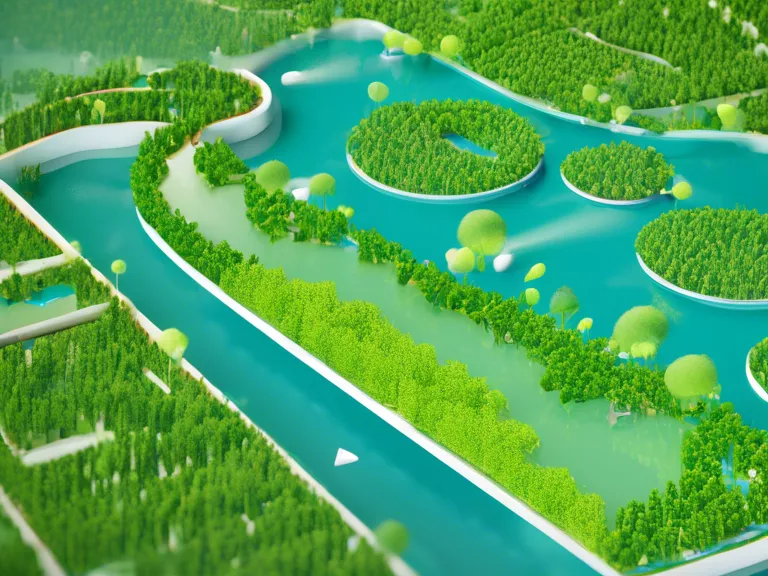
Introduction
In recent years, technological advancements have been at the forefront of driving positive change in various industries, including environmental conservation. The intersection of technology and nature has paved the way for innovative solutions that are helping to address pressing environmental challenges. This tech revolution is not only transforming the way we interact with the environment but also nurturing nature through digital advancements.
Digital Monitoring and Conservation Efforts
One of the key areas where technology is making a significant impact is in the monitoring and conservation of natural resources. Digital tools such as remote sensing, satellite imagery, and drones are being used to gather real-time data on ecosystems, wildlife populations, and environmental changes. This data is essential for scientists and conservationists to track and protect endangered species, monitor deforestation, and detect illegal activities such as poaching and logging.
IoT and Smart Sensors for Sustainable Practices
The Internet of Things (IoT) and smart sensor technologies are revolutionizing sustainable practices in various sectors, including agriculture, forestry, and water management. IoT devices can collect and analyze data on soil moisture, temperature, and crop health to optimize irrigation and reduce water usage. Smart sensors in forests can detect early signs of wildfires, enabling quick response and mitigation efforts. These technologies not only improve resource efficiency but also minimize environmental impact.
Blockchain for Transparent Supply Chains
Blockchain technology is another game-changer in environmental conservation, particularly in ensuring transparency and traceability in supply chains. By leveraging blockchain, companies can create immutable records of transactions related to the sourcing and distribution of natural resources such as timber, minerals, and seafood. This helps to combat illegal logging, wildlife trafficking, and unsustainable fishing practices by providing consumers with verified information on the origin and sustainability of products.
Artificial Intelligence for Wildlife Protection
Artificial intelligence (AI) is playing a crucial role in wildlife protection and conservation efforts. AI algorithms can analyze vast amounts of data from camera traps, acoustic sensors, and satellite imagery to identify and track wildlife species, detect patterns of illegal activities, and predict potential threats to ecosystems. This technology enables more efficient monitoring and enforcement of protected areas, ultimately safeguarding biodiversity and habitats.
Virtual Reality and Education for Environmental Awareness
Virtual reality (VR) is being used to raise awareness and educate people about environmental issues in a more immersive and engaging way. VR experiences allow users to explore diverse ecosystems, witness the impacts of climate change, and understand the importance of conservation efforts. By creating virtual simulations of natural environments, VR technology can inspire individuals to take action and contribute to environmental protection initiatives.
Conclusion
The tech revolution is not only shaping the future of industries but also nurturing nature through digital advancements. From digital monitoring and IoT solutions to blockchain transparency and AI-powered conservation efforts, technology is playing a pivotal role in driving sustainable practices and protecting the environment. By harnessing the power of technology, we can continue to innovate, collaborate, and strive towards a more harmonious relationship between humans and nature.

